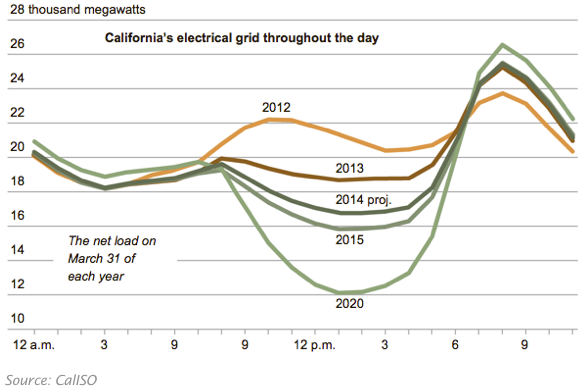Rumors of the collapse of the solar energy industry in 2016 because of the struggle of panel manufacturers was premature. As manufacturers struggled with a decline in business in 2016 the cost of panels sharply dropped and manufacturers lost money. However, this struggle is not all that it seems on the surface.
As demand grew for solar panels production increased to meet this demand. The solar industry was strong in the United States, but in the 2nd half of 2016 the market tightened in China catching the manufacturers by surprise. They were stuck with a surplus of panels. This, in turn, caused the cost of panels to drop by 38%, a significant drop. Many manufacturers went out of business as a result. And, while there has been a rebound in price to some degree, it is still significantly lower, This, as it turns out, is good for the solar industry as a whole.
While the demand was reduced from where it was the beginning of 2016 it was still high. The solar industry grew by 50% worldwide and 95% in the United States in 2016. As it turns out, much of this growth was cost driven. As the cost to install solar decreased the demand for solar grew as it became more affordable. Even without such incentives as the ITC (investment tax credit) program installing solar systems is more affordable now than ever.
In fact, solar energy is now one of the cheapest forms of energy available. According to the chart below, solar is now cheaper than nuclear, coal and very competitive with natural gas and wind.
 As prices continue to drop, by time the ITC expires, solar energy will be the cheapest form of energy available.
As prices continue to drop, by time the ITC expires, solar energy will be the cheapest form of energy available.
In fact, 2016 was the biggest year for solar growth in U.S. nearly doubling its previous record.
What's Next?
The solar market will continue to grow and expand as prices continue to drop. Over the next 5 years the cumulative solar market in the U.S. is expected to triple in size. One of the drawbacks to this is negative wholesale pricing, which is an issue California has had to deal with. This means at times the companies that generate power are paying utilities to take it from them. While this is indicative of the success of the renewable energy programs it is presenting financial and technical challenges. Typically, this situation usually just occurs for a couple hours in the middle of the afternoon, but it is occurring more frequently.
As a result of negative wholesale pricing power companies are having to rethink how they manage the power grid to accommodate the increase in renewable energy. While most of the country is not facing this phenomenon yet as they need a 10% penetration rate for this to occur. Although as solar and wind energy industries continue to grow in the next decade this phenomenon will be more widespread and more frequent. As a result this situation will need to be addressed soon.
Duck graph demonstrating the growth of negative wholesale pricing for solar energy for California.

As costs continue to decline and power companies expand their grids to account for the duck curve, as well as come up with other solutions to this problem solar energy will continue to grow. A 17% penetration rate is expected by 2035.
Recent Comments